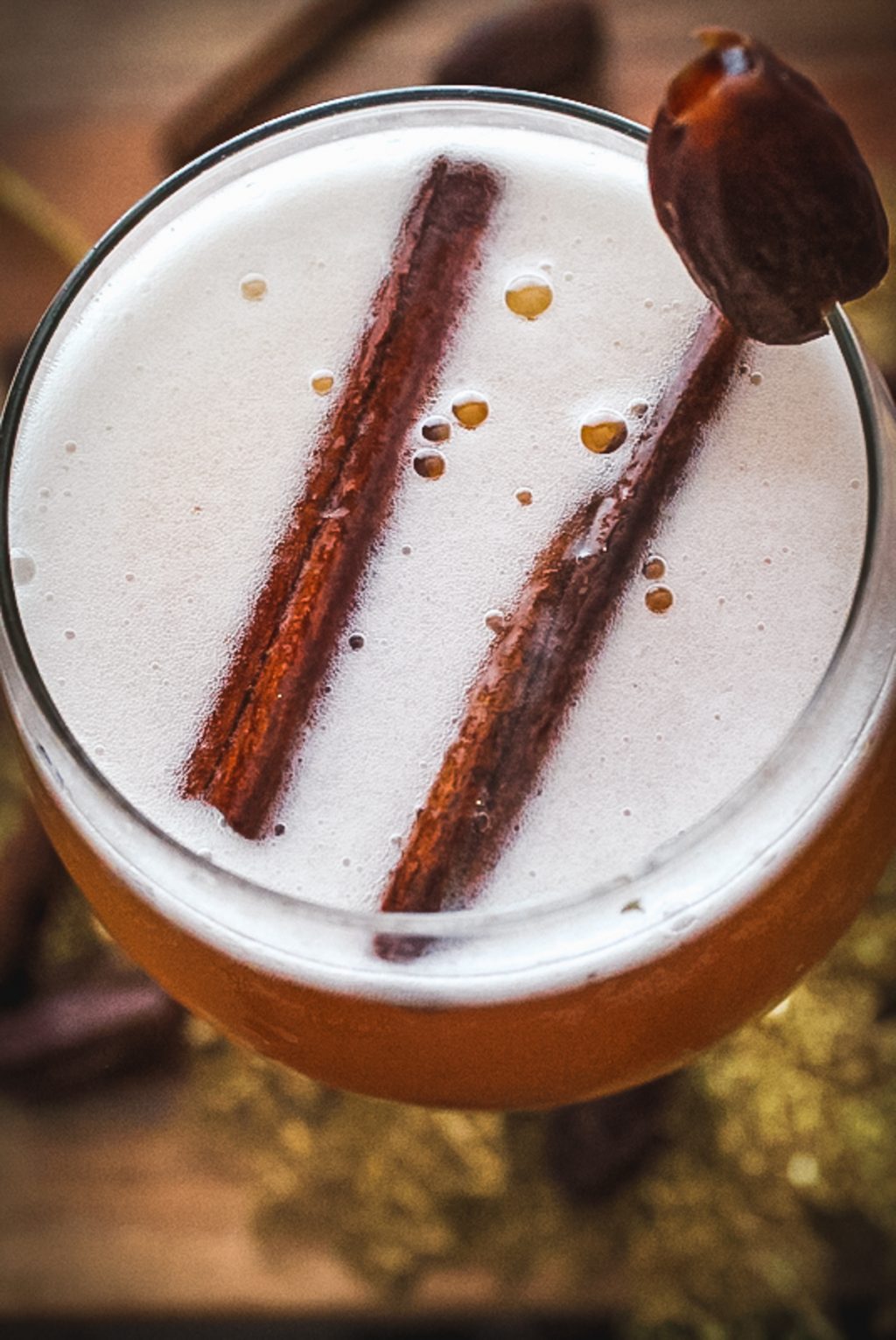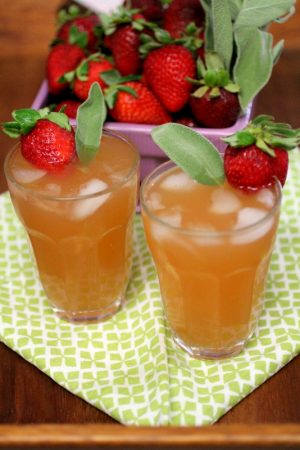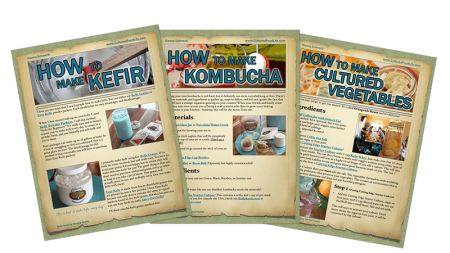
Starter Cultures ~ The Science Experiment
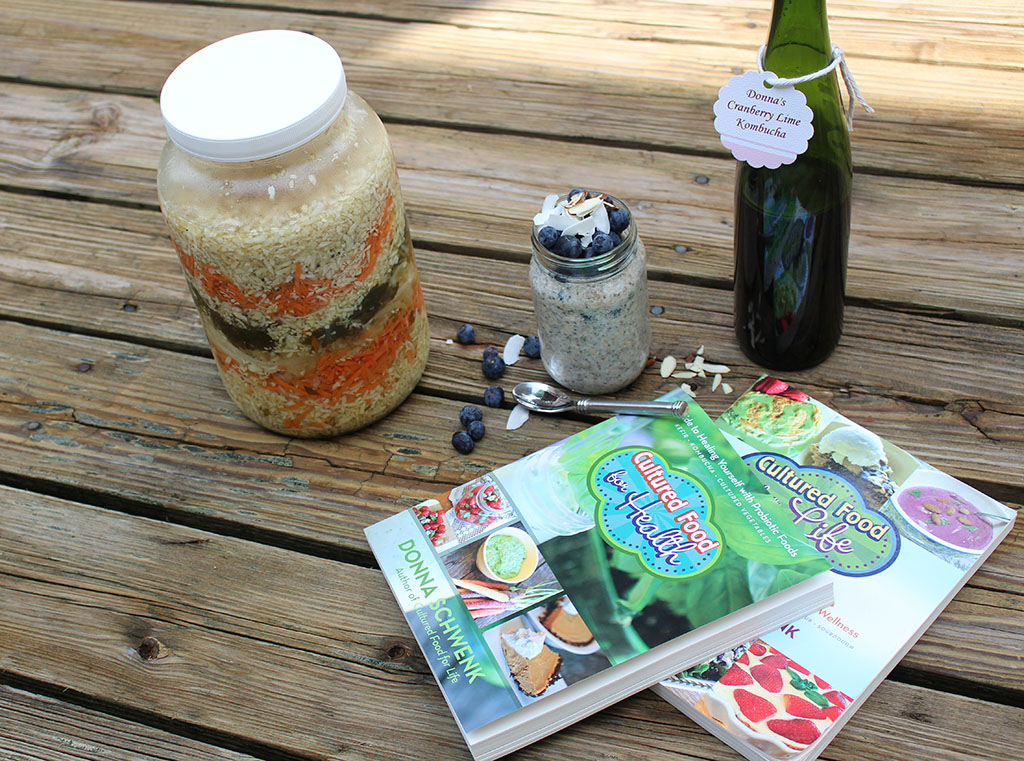
Starter Cultures
So, let’s talk about starter cultures! I would like to clear up some confusion involving starter cultures and ratios. In my first book, Cultured Food For Life, the recipe for kefir called for 1 cup of milk to 1 tablespoon of kefir grains. In my latest Book, Cultured Food for Health (as well as my website), my recipe for kefir calls for 2-4 cups of milk to 1 tablespoon of grains. Why? When you are writing recipes and books, you are required to put EXACT ratios. But the truth is, there is no perfect amount for everyone. This is because everyone’s home is a different temperature, their grains vary in strength depending on how well they are taken care of, and we all use different types of milk. So, what is the solution? Science experiments!
Kefir
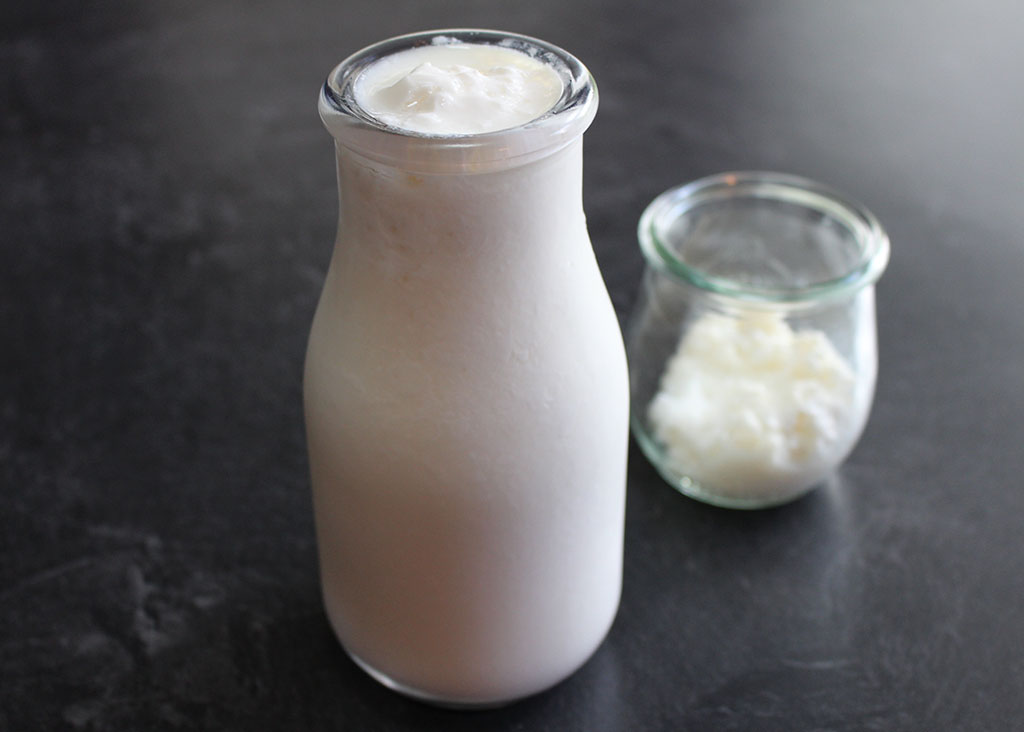
Here are some general rules to follow: If your house is on the warm side, say above 73 degrees, then your kefir (and other ferments) will finish faster. This also means that you can use FEWER kefir grains, or you can add more milk to your existing grains. Warm temperatures speed up fermentation and can cause your kefir to over ferment. Whenever your kefir has over fermented, it means that your grains (or Easy Kefir) have run out of food and will begin to separate into curds and whey. This isn't necessarily all bad, though. BUT it will cause your kefir to be more chunky and more sour. Some have assumed this is the best way to get kefir cheese and whey, and it really isn't. The easiest, tastiest, and most beneficial way to get kefir cheese and whey can be found here: How to make Kefir Cheese and Whey.
![]() You can do experiments in your home. If your kefir is over fermenting, you can either remove some of your grains or add more milk. This is the easiest way to help with separation. You can keep experimenting to find the right ratio for you, and remember it will change depending on the seasonal temperatures in your room. And don't forget that you will need to remove some of your grains as they continue to grow and multiply. If your house is extremely warm (in the high 70's or 80's), then your kefir will separate very quickly due to the very high temperatures.
You can do experiments in your home. If your kefir is over fermenting, you can either remove some of your grains or add more milk. This is the easiest way to help with separation. You can keep experimenting to find the right ratio for you, and remember it will change depending on the seasonal temperatures in your room. And don't forget that you will need to remove some of your grains as they continue to grow and multiply. If your house is extremely warm (in the high 70's or 80's), then your kefir will separate very quickly due to the very high temperatures.
Unlike milk kefir, non-dairy kefir will always separate. Why? Because of the water ratio in all nut and seed milks, the water will separate from the meaty part of the milk. This will happen if you make kefir with homemade or store-bought milks. So don't worry about your non-dairy kefir separating - this is, in fact, normal :)
Kombucha
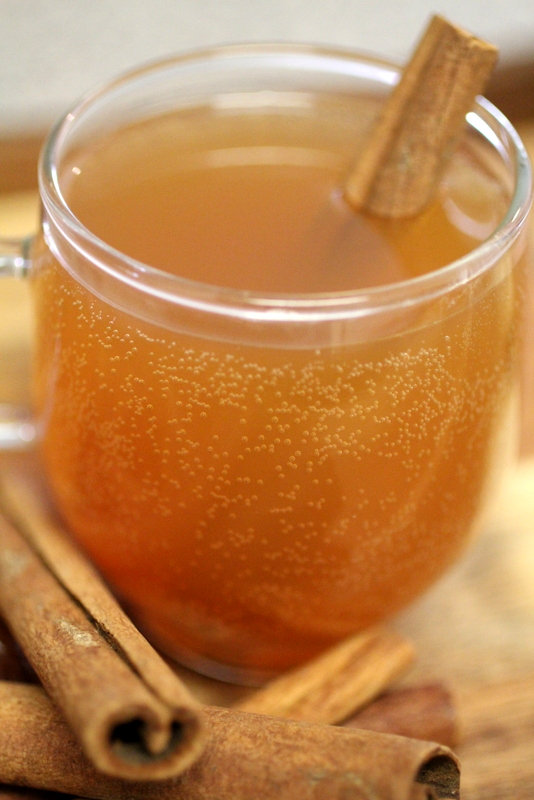
![]() Kombucha experimentation mainly involves the time factor. A good rule to follow is 1 cup of starter tea, 1 SCOBY, and 3 quarts (12 cups) of water. If your starter tea is very strong (more like vinegar), then your brew will ferment faster. It will also ferment faster if your house is above 73 degrees. So check your brew by tasting it around Day 5 to make sure it hasn't gotten too sour. If your house is cool (below 70), your brew will take longer. In the winter, kombucha can take up to 3 weeks depending on how cool it is. If your house is very cool, you can use double, or even triple, the starter tea to boost things along; or you could use a heating strip around your jar. But make sure you still taste test around Day 5. I know this sounds a bit complicated, but I promise it's not. It just takes a little adjusting here and there to find the right balance for your brew.
Kombucha experimentation mainly involves the time factor. A good rule to follow is 1 cup of starter tea, 1 SCOBY, and 3 quarts (12 cups) of water. If your starter tea is very strong (more like vinegar), then your brew will ferment faster. It will also ferment faster if your house is above 73 degrees. So check your brew by tasting it around Day 5 to make sure it hasn't gotten too sour. If your house is cool (below 70), your brew will take longer. In the winter, kombucha can take up to 3 weeks depending on how cool it is. If your house is very cool, you can use double, or even triple, the starter tea to boost things along; or you could use a heating strip around your jar. But make sure you still taste test around Day 5. I know this sounds a bit complicated, but I promise it's not. It just takes a little adjusting here and there to find the right balance for your brew.
If you think you may be having SCOBY troubles, see this article:
Water Kefir
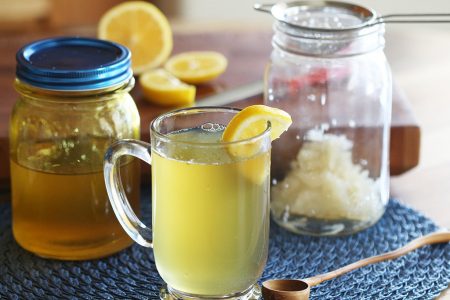
![]() The more water kefir crystals you have, and the stronger they are (especially LIVE ones), the faster they will ferment. Water kefir is always done in 1-2 days - UNLESS your house is extremely cool. But as long as you taste test and the batch isn't too sweet, then you'll know it's ready :)
The more water kefir crystals you have, and the stronger they are (especially LIVE ones), the faster they will ferment. Water kefir is always done in 1-2 days - UNLESS your house is extremely cool. But as long as you taste test and the batch isn't too sweet, then you'll know it's ready :)
When second fermenting your water kefir, you should never go longer than two days, even if you don't have any fizz - unless your house is absolutely frigid. If you go longer than two days, it will be much too bubbly (much more than kombucha) and it will begin to get an "off" taste. Water kefir is best consumed within a week of making it; otherwise, it has a tendency to over ferment.
We have lots of water kefir recipes on our site and even more on our Biotic Pro membership site. Water kefir is really fun to make. I enjoy making different flavored versions and you will too.
Cultured Vegetables
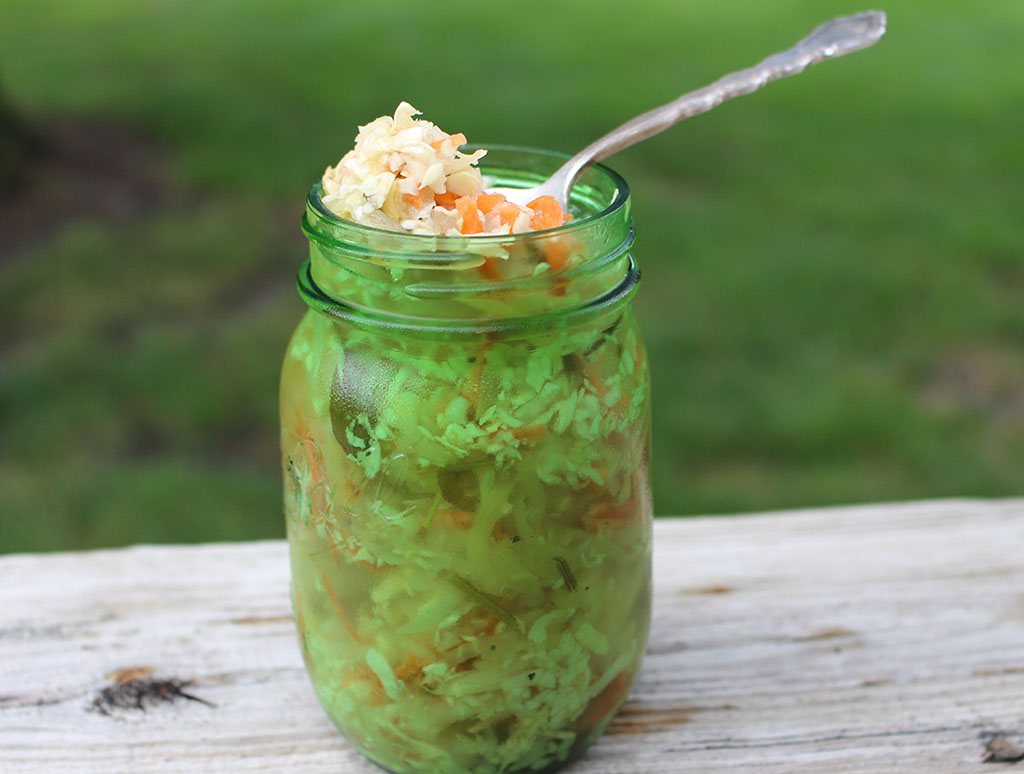
![]() Cultured vegetables are very easy to make. Basically, if your house is on the warmer side, they may be done a day or two (at most) earlier; and if your house is on the cooler side, then it will take a day or two longer. The cloudiness in the veggies is normal and is a good sign - it's a sign of fermentation. Softer vegetables such as asparagus, green beans, pickles, and zucchini will take less time, finishing in around three days. Sauerkraut, however, ferments the longest at around 6-7 days because it takes longer to get broken down. You can add soft veggies like spinach or kale into your firmer ferments like sauerkraut, but they are much too soft to ferment by themselves and will turn to mush if fermented alone.
Cultured vegetables are very easy to make. Basically, if your house is on the warmer side, they may be done a day or two (at most) earlier; and if your house is on the cooler side, then it will take a day or two longer. The cloudiness in the veggies is normal and is a good sign - it's a sign of fermentation. Softer vegetables such as asparagus, green beans, pickles, and zucchini will take less time, finishing in around three days. Sauerkraut, however, ferments the longest at around 6-7 days because it takes longer to get broken down. You can add soft veggies like spinach or kale into your firmer ferments like sauerkraut, but they are much too soft to ferment by themselves and will turn to mush if fermented alone.
I have some new recipes for my  Biotic Pro Members!
Biotic Pro Members!
Are you on the list?
Sign up today and I'll send you my free Getting Started Guide!
Each week I'll send you updates, tips, recipes, and more! You might even be a winner of my weekly giveaway! (starter cultures, memberships, and more!)
Come be a part of my cultured food family!


